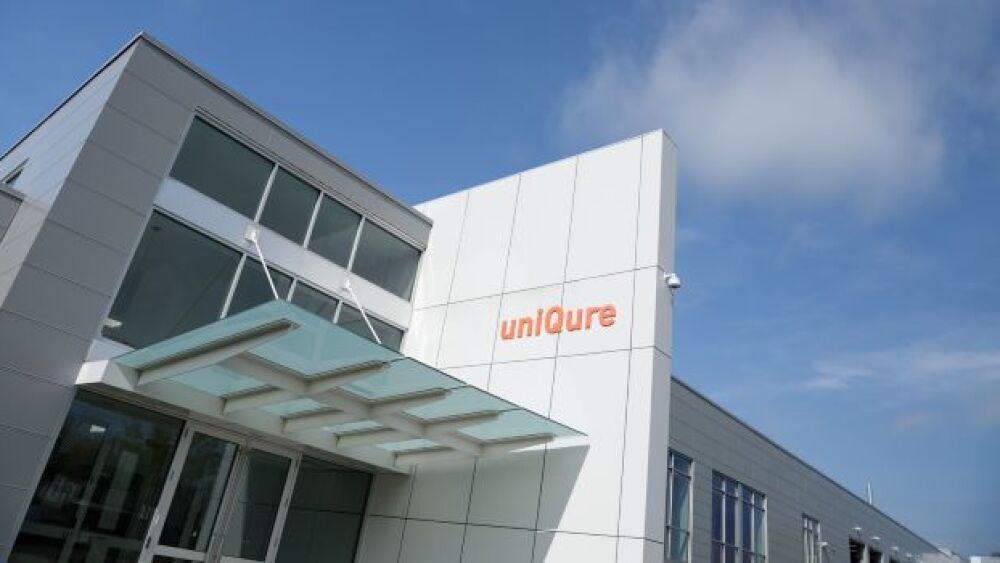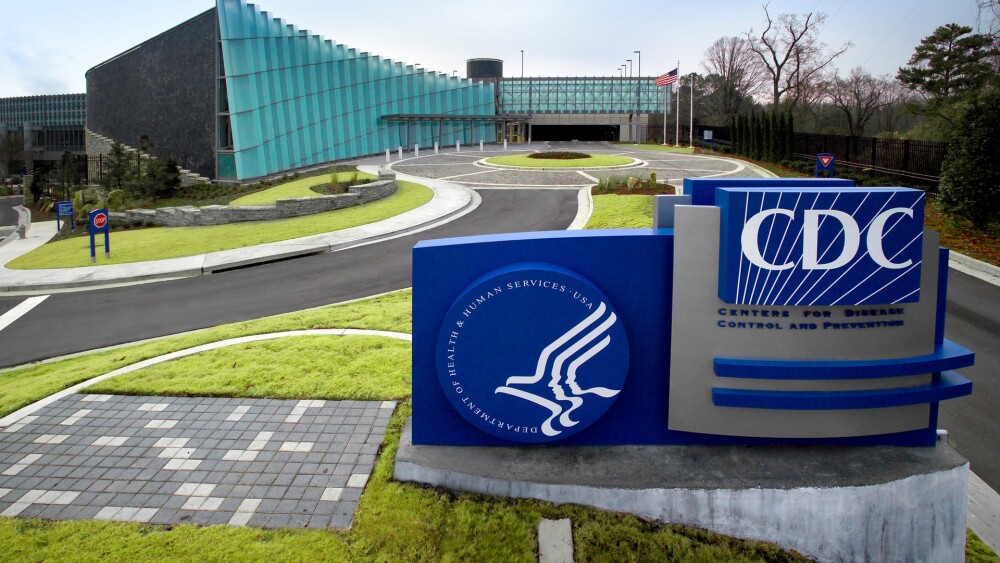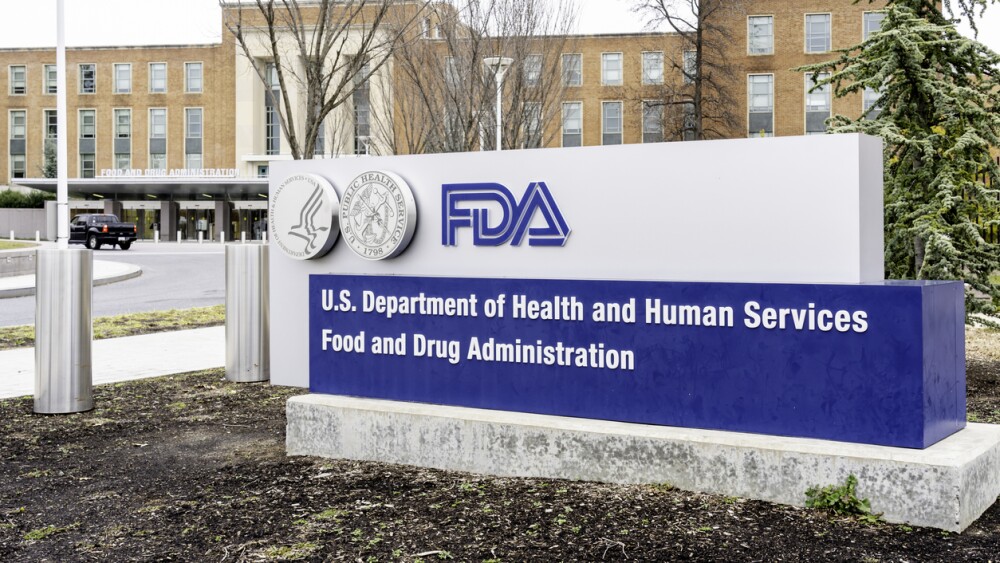Pfizer, Merck, AstraZeneca and Bristol Myers Squibb were among the many biopharmas showing off novel cancer modalities at ESMO, with antibody-drug conjugates, bispecific antibodies and kinase inhibitors demonstrating encouraging efficacy and safety for various cancers.
The 2025 congress of the European Society for Medical Oncology came to a close on Tuesday, wrapping up five days of cutting-edge cancer research that pushed the boundaries of the field. Here, BioSpace rounds up the impactful and cutting-edge presentations at ESMO, the ones most likely to push forward patients’ clinical care and the broader biopharma industry.
ADC Arena Heats Up
Pfizer and Merck made waves in the antibody-drug conjugate sector, joining together to combine the former’s ADC Padcev with the latter’s mega-blockbuster PD-1 inhibitor Keytruda. Interim data from the Phase III EV-303/KEYNOTE-905 trial showed that the combo regimen reduced by 60% the risk of tumor recurrence, progression or death in patients with muscle-invasive bladder cancer (MIBC) who are ineligible for cisplatin treatment. Padcev plus Keytruda also led to a 50% improvement overall survival versus surgery alone, an effect that was statistically significant.
Analysts at Guggenheim Partners wrote in a Tuesday note that these findings point to the “potential to change standard-of-care treatment for cisplatin-ineligible MIBC patients” and are likely to “provide [a] tailwind” for Padcev.
Aside from its Padcev partnership, Merck showed work from its ADC alliance with China’s Sichuan Kelun-Biotech, which has the companies working on the anti-TROP2 ADC sacituzumab tirumotecan, being tested for EGFR-mutated non-small cell lung cancer (NSCLC). Results from a Phase III trial, conducted in China, demonstrated a significant 51% reduction in the risk of death or disease progression. Overall survival (OS) outcomes were likewise significant, with the ADC suppressing the likelihood of death by 40% versus pemetrexed plus platinum-based chemotherapy.
Also in the TROP2 game is AstraZeneca with its Daiichi Sankyo–partnered ADC Datroway. At ESMO, the companies showed that Datroway resulted in a significant 43% progression-free survival (PFS) improvement in patients with locally recurrent or metastatic triple-negative breast cancer.
The partners also presented data for the HER2-targetig ADC Enhertu. In patients with HER2-positive early breast cancer with residual invasive disease, the therapy resulted in a 53% decrease in the likelihood of death or recurrent invasive disease, as compared with Roche’s Kadcyla. Disease-free survival in these patients likewise improved by 53% after Enhertu treatment.
Likewise presenting data at ESMO are Bristol Myers Squibb and SystImmune, which are advancing iza-bren, a bispecific ADC targeting both the EGFR and HER3 proteins.
Phase I data pointed to “promising antitumor activity,” the companies said, with a confirmed response rate of 55% and a median PFS of 5.4 months. As for safety, common side effects were blood-related, including neutropenia, though most were generally manageable and “rarely” necessitated dose reductions. BMS and SystImmune are testing iza-bren for advanced solid tumors, including metastatic or unresectable NSCLC.
Bispecifics on the Rise
One of the most highly anticipated presentations at ESMO was for Akeso and Summit Therapeutics’ PD-1/VEGF bispecific antibody ivonescimab, which the partners are testing for advanced NSCLC.
In the Phase III HARMONi-6 study, patients treated with ivonescimab plus chemotherapy saw a 40% PFS advantage versus those who were treated with BeOne’s PD-1 inhibitor Tevimbra plus chemotherapy. The companies did not release OS data, but analysts at Truist Securities were nevertheless encouraged by the ESMO presentation.
The PFS readout, the analysts wrote, “leaves no room for doubts at this juncture, in our view,” for the benefit of ivonescimab as a frontline NSCLC treatment option.
Summit, which is in charge of ivonescimab in the U.S., is planning a regulatory filing for the asset by year-end, management said in its Q3 call earlier this week. The company is specifically eyeing an approval for second-line EGFR-mutated NSCLC.
Cutting off the Cascade
Kinase blockers gained their own head of steam at ESMO. These are drugs that block signaling cascades that otherwise culminate in a tumor’s growth and proliferation.
One such asset is zongertinib, developed by Boehringer Ingelheim for HER2-mutant advanced NSCLC. In the Phase Ib Beamion LUNG-1 study, zongertinib resulted in a 77% objective response rate and 96% disease control rate. Of note, 8% of responders showed no detectable signs of cancer in the body after treatment, while 69% reached partial treatment response.
While data were not yet mature at the time, Boehringer reported an “encouraging” 79% PFS rate at six months.
Going up against Boehringer is Bayer, which is developing its own tyrosine kinase inhibitor sevabertinib, likewise for HER2-mutated NSCLC. Bayer released results from a Phase I/II study, showing that in those who had been previously treated but not with a HER2-targeted agent, objective response rate reached 64%, which lasted for a median of 9.2 months. Meanwhile, in patients who had been exposed to an anti-HER2 ADC, response rate was 38% and lasted for 8.5 months.
Bayer also tested sevabertinib in treatment-naive patients, of whom 71% responded to the agent, with a median duration of 11 months.
There was action at ESMO for kinase inhibitors beyond NSCLC. Exelixis, for instance, tested its drug zanzalintinib for metastatic colorectal cancer (mCRC), touting a median overall survival of 10.9 months versus 9.4 months in comparators treated with Bayer’s Stivarga. OS estimates for zanzalintinib at 12 and 24 months were 46% and 20%, respectively.
Analysts were effusive about these results, with William Blair saying in a Monday note that zanzalintinib set “a new survival bar in the third-line or later mCRC setting.” Exelixis is taking the drug to the FDA with these data and anticipates a filing within the year.






